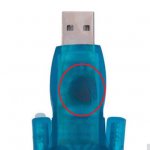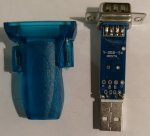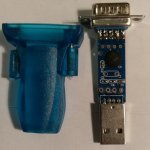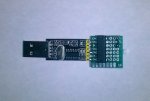Hi
I've got a Serial (9 way D) Download Cable, but my computer hasn't got a serial port.
I have bought a "USB to RS232 Chipset CH340 Serial Converter 9 Pin Adapter"
https://www.aliexpress.com/item/Newest-USB-2-0-to-RS232-Serial-Converter-9-Pin-Adapter-for-Win7-8-Promotion/32603493679.html
I've installed a CH341SER driver (like with Arduino)
But I don't know how this work.
Could you help me?
Or maybe this was a bad purchase?
Thanks

I've got a Serial (9 way D) Download Cable, but my computer hasn't got a serial port.
I have bought a "USB to RS232 Chipset CH340 Serial Converter 9 Pin Adapter"
https://www.aliexpress.com/item/Newest-USB-2-0-to-RS232-Serial-Converter-9-Pin-Adapter-for-Win7-8-Promotion/32603493679.html
I've installed a CH341SER driver (like with Arduino)
But I don't know how this work.
Could you help me?
Or maybe this was a bad purchase?
Thanks








